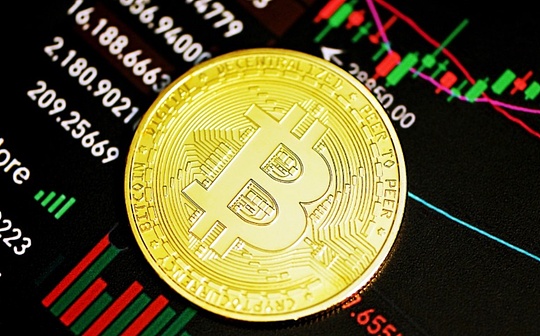
Author: Li Xiaoyin, Wall Street News
Last Friday, Federal Reserve Chairman Powell’s speech at the Jackson Hall Global Central Bank Annual Meeting was generally interpreted as a clear signal of a rate cut in September. This statement instantly ignited market enthusiasm, and US stocks hit a new record high.
However, American economist and Stanford President Jonathan Levin wrote in a Bloomberg column on Saturday that a deep interpretation of Powell’s speech at Jackson Hall will reveal that his core message is not unconditional easing, but rather, in a foggy economic environment, struggling to weigh the dual risks of sluggish labor market and high inflation.
Levin said the market’s carnival-style reaction on Friday largely overlooked the key subtleties in Powell’s speech.He stressed that if the Fed really cut interest rates, the reason may be that the economy is in trouble and the central bank has to intervene, not because of the cooling of inflation.This meaningful background was overwhelmed by the market’s first reaction.
The article stressed that Powell admitted in his speech that policy makers are facing a difficult task, namely, to balance the dual mission of promoting full employment and maintaining price stability.This policy dilemma indicates that the future path to interest rate cuts may be slower and more uncertain than market expectations.
A difficult choice under a dual goal
The article pointed out that when inflation soared to 9.1% in 2022, the Fed’s goal is very clear and policy consensus is relatively easy to achieve.But nowadays, policy makers face much more complex.
Powell also emphasized in his speech:
“When our goals are in a state of tension like this, our framework requires us to balance two aspects of our dual mission.”
On the one hand, labor market data have begun to shake, Levin explained.On the other hand, inflation is still slightly above the Fed’s 2% target.
The article quoted Powell’s speech as saying, “Our policy rates are now closer to the neutral level by 100 basis points than a year ago,” which allows the Fed to “action with caution.”But he also warned that “monetary policy is not set on the preset track.”
This policy differences have emerged within the Federal Reserve.The decision to keep interest rates between 4.25% and 4.5% in July sparked opposition from both directors, the first time since 1992, highlighting the huge differences on how to interpret current economic data.
Downside risks of labor market
The article emphasizes that behind the market’s cheers for interest rate cuts, an overlooked key point is that the main motivation for the Fed’s interest rate cut may be due to concerns about economic deterioration.
In his speech on Friday, Powell pointed out that the current labor market is in a “strange balance” that labor supply and demand have slowed significantly at the same time, partly due to tightening immigration policies.
Powell said bluntly:
“This unusual situation shows that downside risks for employment are rising. If these risks become a reality, they could emerge quickly in the form of a sharp increase in layoffs and rising unemployment.”
In other words, the rate cut will be a defensive move rather than a strong economic declaration of victory.
The article points out that there are other data that support this concern.Powell mentioned that the U.S. GDP growth rate in the first half of this year was only about half of that in 2024, partly due to the slowdown in consumer spending.This is not consistent with the basis of the continued bull market in the stock market.
The inflation problem is unsolved
While worrying about the job market, inflation risks remain.
The article said that many economists continue to worry that Trump’s tariff policies will push up commodity prices in the coming months and even quarters.Although the impact is still mild at present, industry insiders expect that when the new 2026 model is launched, the pressure on price increases will truly appear.
How to deal with the price shocks brought by tariffs is itself a topic of fierce debate.Doves believe that policymakers should ignore this “one-time” price level change; while hawks worry that this could exacerbate out-of-control inflation expectations amid the backdrop of enduring high inflation for nearly five years.
Levin believes that Powell himself seems to be inclined to “ignor” the camp of tariff impact, which may be one of the few dovish microscopes in his speech.But he also clearly warned that “we cannot take it for granted that inflation expectations will remain stable” and acknowledged concerns in this regard.
Market reaction may be excessive
The article ended with a stress that the market’s dovish interpretation of Powell’s speech may be a bit overly high, or because investors had previously generally expected their position to be tougher, resulting in a position adjustment.The actual situation is far less dull than this, but it is completely appropriate for the current economic situation.
Beyond policy challenges, Powell’s speech also cleverly shunned political pressure from Trump’s demand for a substantial rate cut.From any perspective, Powell’s speech showed no sign of succumbing to pressure.
Based on existing data, the Fed looks ready to cut interest rates as early as next month and then resumes exploring appropriate interest rates to support sustainable growth and low inflation, Levin said.But the outlook is still highly uncertain, and the process of policy easing may be slower than market expectations.







